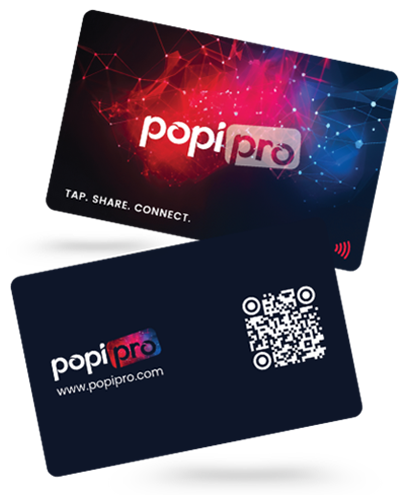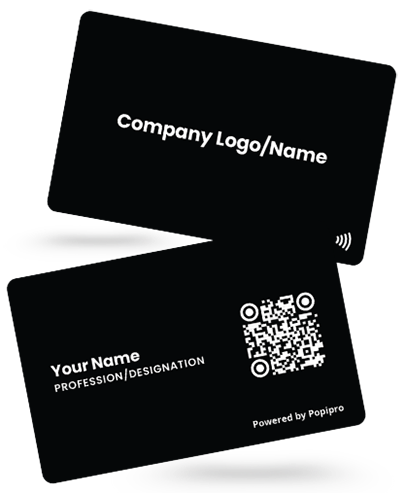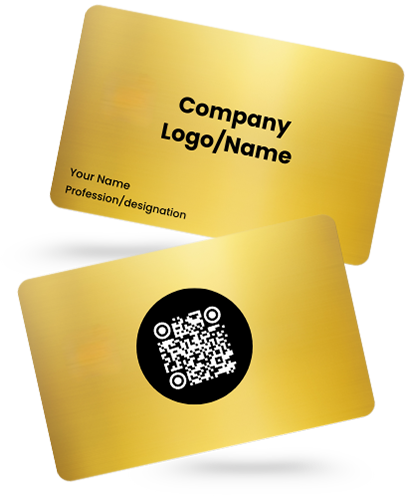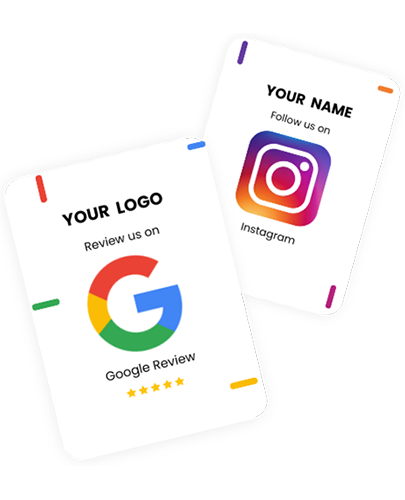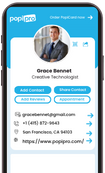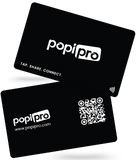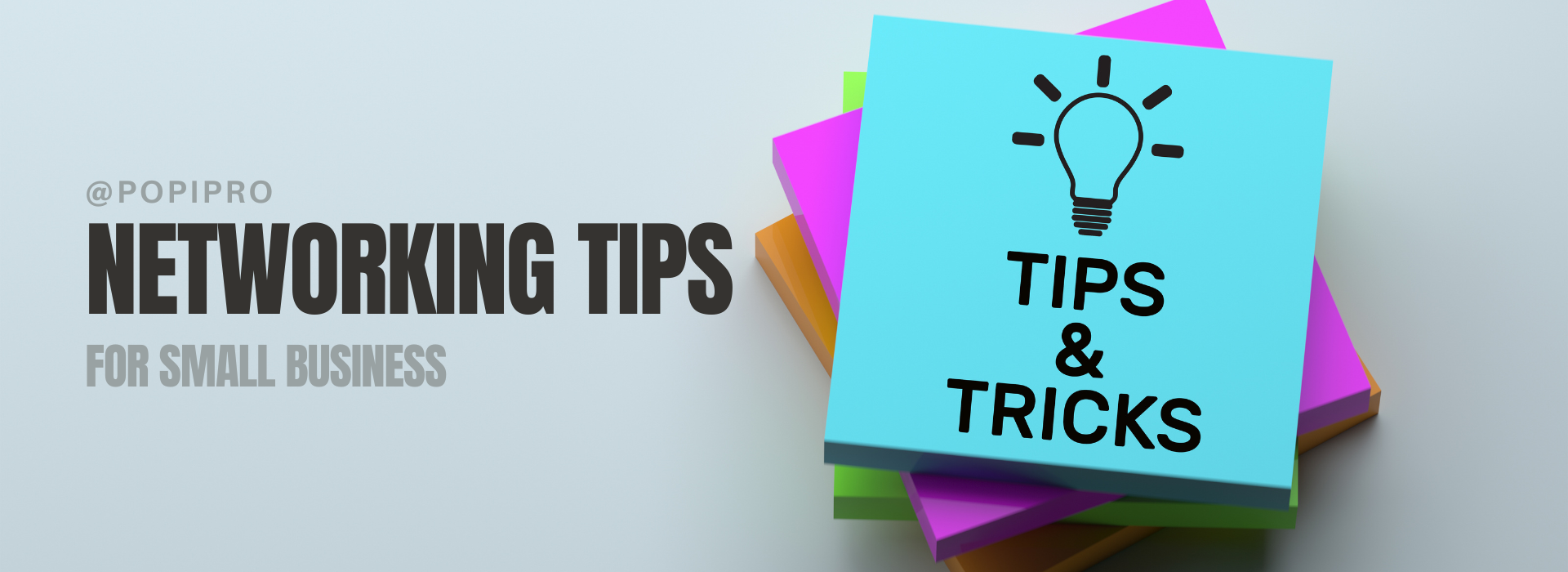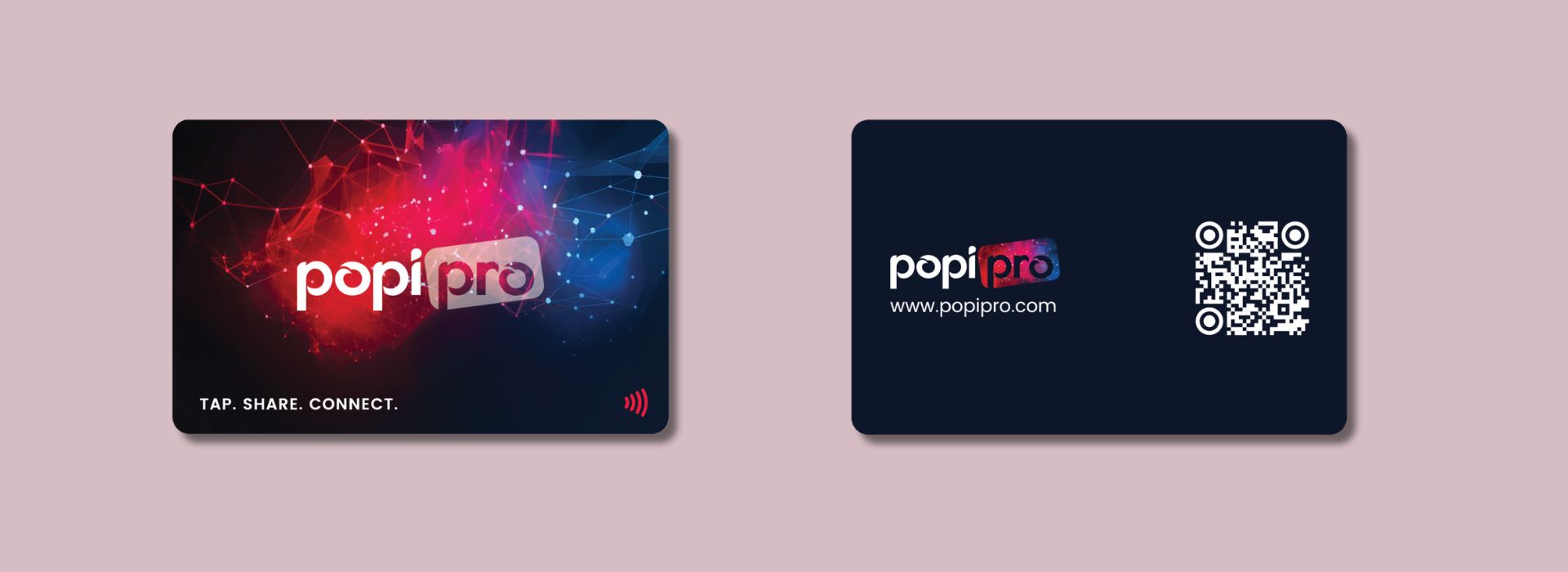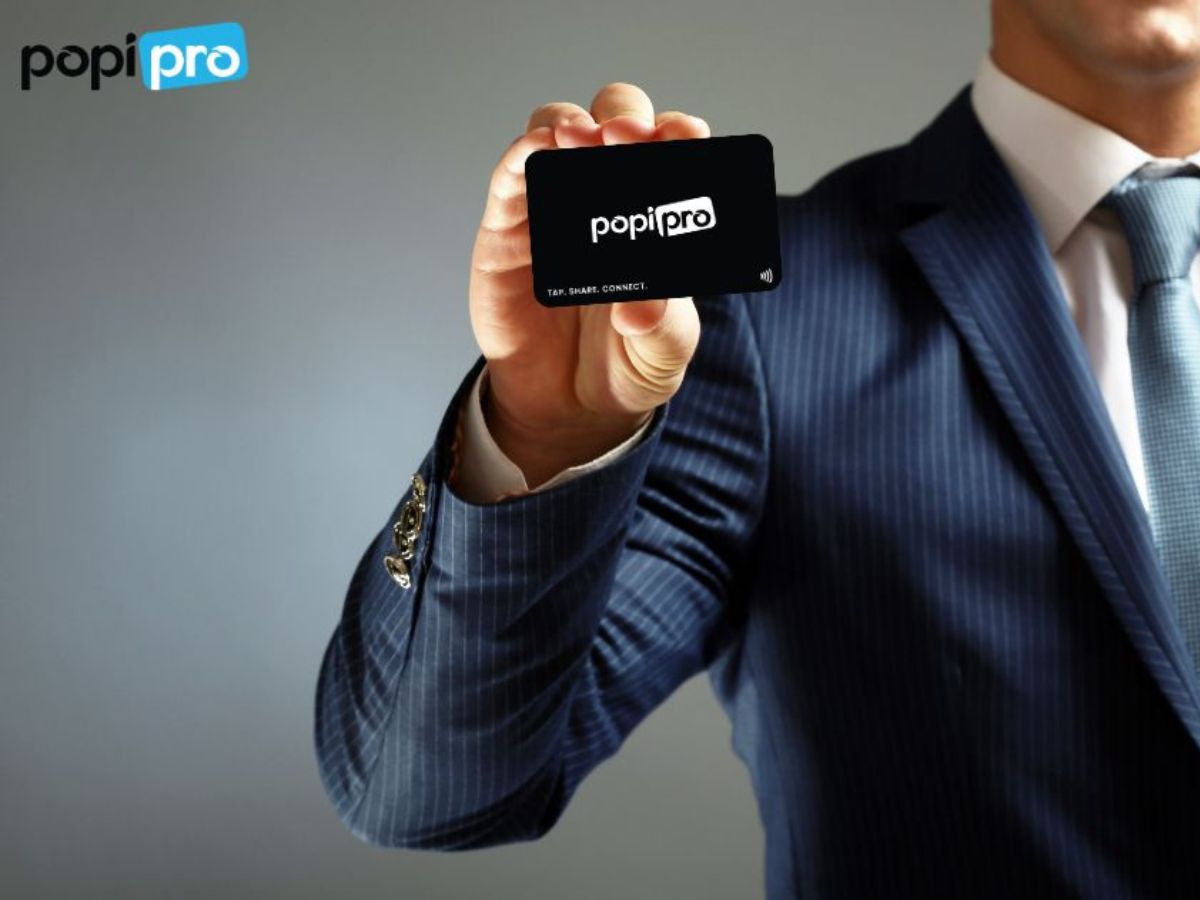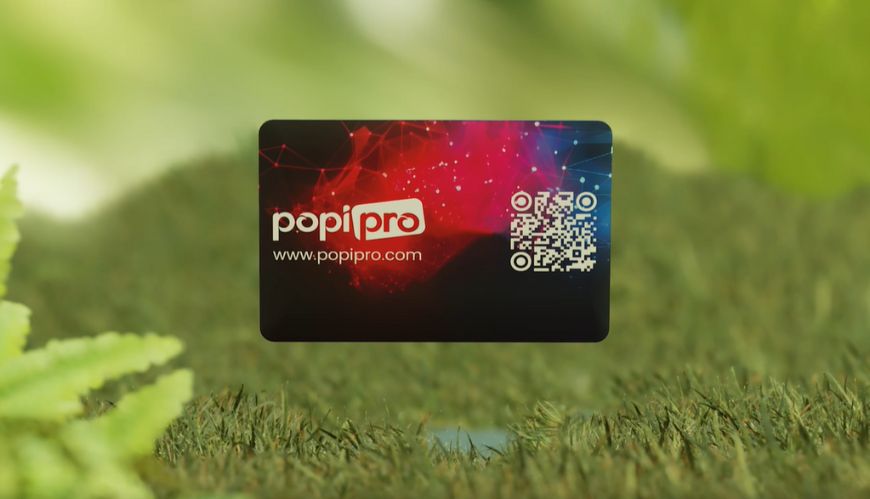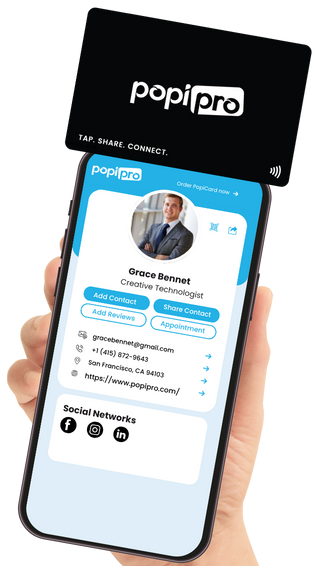Business cards are funny for a while, everyone said they were outdated, a leftover relic from pre-digital networking. But here’s the truth: they’ve never actually disappeared, they’ve just adapted. Between the classic paper version and the rise of the digital business card, this tiny piece of your brand is still one of the simplest (and cheapest) ways to stay in someone’s memory after a meeting.
The trick, though, isn’t just having a card. It’s how you use it. Plenty of professionals still shove them around without much thought and then wonder why nobody calls back. Used well, your card becomes more than contact info; it’s almost like a handshake that lingers. Let’s go through eight smart ways to make that happen.
1. Pair the Old-School with the Digital
Paper cards have that tactile quality that little moment of exchange that digital can’t copy. But relying on them alone? Risky. People lose them, or they sit unread in a drawer. Which is why pairing your printed card with a digital business card makes sense.
Think about printing a scannable QR code on your physical card. Somebody can scan it, and instantly they’ve got your LinkedIn, your portfolio, or even a booking calendar saved on their phone. That blend of tangible + digital shows you’re professional but also modern serious about connections, not just throwing paper around.
2. Add a Personal Touch
The best cards feel personal, not mass-produced. If you’re handing out a classic card, scribble a quick note on the back maybe the topic you discussed, a reminder of your shared interest, or even just “follow up next week.” That tiny detail makes the exchange memorable.
On the digital side, personalization is about curation. Don’t treat your digital card like a boring resume. Highlight the projects or achievements that actually matter to the person across from you. Generic gets ignored; personal makes people click.
3. Avoid the Scattergun Networking Trap
We’ve all seen it someone at a conference essentially tossing their cards at anyone who makes eye contact. And you can almost feel the recipients slipping them into their pocket with no intention of ever looking again.
Here’s a better approach: have the conversation first. Be genuinely interested, ask questions, listen. And only then, when the exchange feels natural, hand them your card. It becomes a continuation of the chat, rather than a blunt sales pitch. If you’re using digital, NFC-enabled cards make this moment pretty slick one simple tap and you’re instantly in their contact list. That tiny surprise sticks in their mind.
4. Treat Your Card Like a Branding Miniature
Great cards aren’t just “here’s my number.” They’re branding tools. The typeface, the paper, the color scheme even the weight in someone’s hand all send signals about how you treat your work.
If you’ve gone digital, the branding options get even bigger. Add links to testimonials, client case studies, short introduction videos. Your card stops being static; it becomes a door to your professional world. That level of polish helps freelancers, small businesses, and consultants stand out in a sea of lookalike profiles.
5. Put Them Where People Already Are
You don’t have to wait for official networking nights. Think wider: strategic everyday placements work surprisingly well. Leave a neat stack in a local coffee shop where entrepreneurs gather, slip one into a workshop folder you’re hosting, or tuck one into packages you ship out.
Digitally? Use your card link creatively. Drop it into your email signature so every message becomes a soft introduction. Add it to your online business directory listings. Post it subtly on your social profiles. The more natural the placement, the more likely people are to actually click.
6. Back It Up with Intentional Follow-Up
Here’s the brutal truth: 80% of business cards end up in junk drawers or trash bins within a week. Why? Because the giver never follows up.
Your card should be the start, not the end. After an event, send a short follow-up message ideally within 48 hours. Mention where you met, reference what you discussed, and add a bit of value (a resource, a link, a thought). If you used a digital business card, the follow-up process gets easier because all your info is already organized and clickable. That tiny effort is usually the difference between forgettable and valuable.
7. Play with Format and Surprise People
You don’t need to stick to the standard rectangle. A square cut, a folded mini-brochure, textured paper, or even minimalist transparent plastic these all force people to pause. Pausing equals remembering.
Digital formats allow even more creative stunts. Someone taps your NFC card, and instead of just seeing your info, they can scroll through a small video intro or an interactive portfolio. That’s innovative networking in action: standing out because you gave them an experience, not just a line of text.
8. Keep Them Handy – Always
Sounds obvious, but you’d be shocked how many professionals show up unprepared. A business card is only useful when it’s within reach. Keep a few tucked in every bag, in your car, even inside your laptop sleeve. You never know when you’ll meet someone who matters.
Digital versions make this dead simple. Save your card to your phone’s home screen, and with a single tap, you’re ready to share. Opportunities often show up outside of boardrooms in airports, gyms, waiting rooms. Being prepared turns those chance meetings into real connections.
The Real Value: A Small Card, a Big Memory
When you strip it down, business cards whether classic paper or sleek digital aren’t going away anytime soon. They’re too simple, too affordable, and too effective at making a strong first impression. What’s changed is how we use them.
Used carelessly, they’re just clutter. Used purposefully with personalization, creative touches, and smart follow-ups they become something else entirely: a reminder of you, of your conversation, and of why connecting further makes sense.
Think of your business card not as a piece of contact info, but as a tiny piece of your professional story. Done right, it’s the difference between “just another name” and “the person I want to talk to again.”

